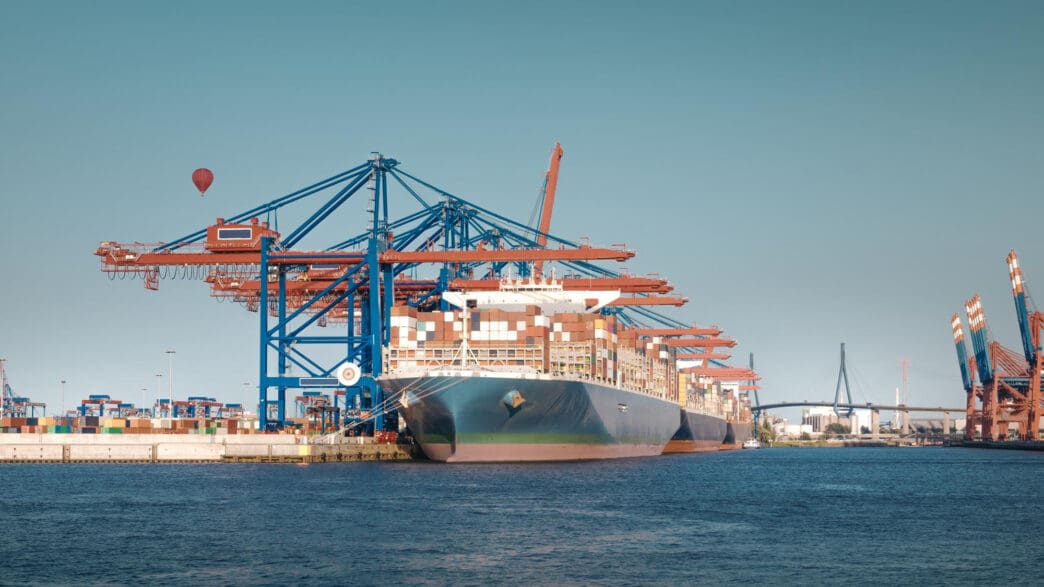Executive Summary
The Story So Far
Why This Matters
Who Thinks What?
Financial markets reacted positively to recent reports of smooth trade talks between the United States and China, despite escalating tensions that included President Trump’s threats of 100% tariffs on Chinese exports. An anticipated meeting this week between President Trump and Chinese President Xi Jinping aims to address persistent trade disputes, particularly concerning China’s control over rare-earth minerals.
Rare-Earth Minerals: A Persistent Lever
The latest escalation in US-China trade relations stemmed from Beijing’s plans to restrict exports of rare-earth minerals, materials essential for various electronics. China has historically implemented measures to limit foreign access to these minerals, increasing safeguards as global demand has grown over the past three decades.
US Treasury Secretary Scott Bessent, following weekend discussions with Chinese trade negotiators in Malaysia, expressed anticipation for “some kind of deferral” on these export controls. However, US Trade Representative Jamieson Greer, a key negotiator, noted that while the US seeks to resolve the issue, China’s intent to continue using rare earths as leverage remains evident.
Volatile Diplomacy and Unmet Pledges
The analysis suggests that any deferral on rare-earth controls might simply allow China to retain leverage, potentially leading to future tariff threats from President Trump. The history of US-China trade relations under Trump has been marked by instances where diplomatic victories were quickly followed by new tensions, such as export controls on chip design software to China, which were later lifted.
Furthermore, the reliability of agreements between the two nations remains a concern. US Trade Representative Greer recently initiated an investigation into China’s adherence to a trade agreement brokered during President Trump’s first term. Under that agreement, China committed to purchasing an additional $200 billion in American products by the end of 2021, a target it reportedly fell significantly short of.
Expanding Trade Tensions Beyond China
While efforts were made to de-escalate tensions with China, President Trump simultaneously escalated trade disputes with Canada, a major US ally and trading partner. After Ontario commissioned an advertisement featuring parts of a 1987 anti-tariff speech by President Ronald Reagan, Trump threatened an additional 10% tariff on Canadian goods.
Canadian Prime Minister Mark Carney has expressed caution regarding retaliation, stating that “emotions don’t carry you very far.” The analysis suggests that alienating allies could inadvertently increase the US economy’s dependence on China.
Outlook on Global Trade
The intricate and often unpredictable nature of global trade relations, particularly between major economic powers, continues to shape market sentiment and international policy. The ongoing negotiations and disputes underscore the complex interplay of economic interests and geopolitical strategy.








